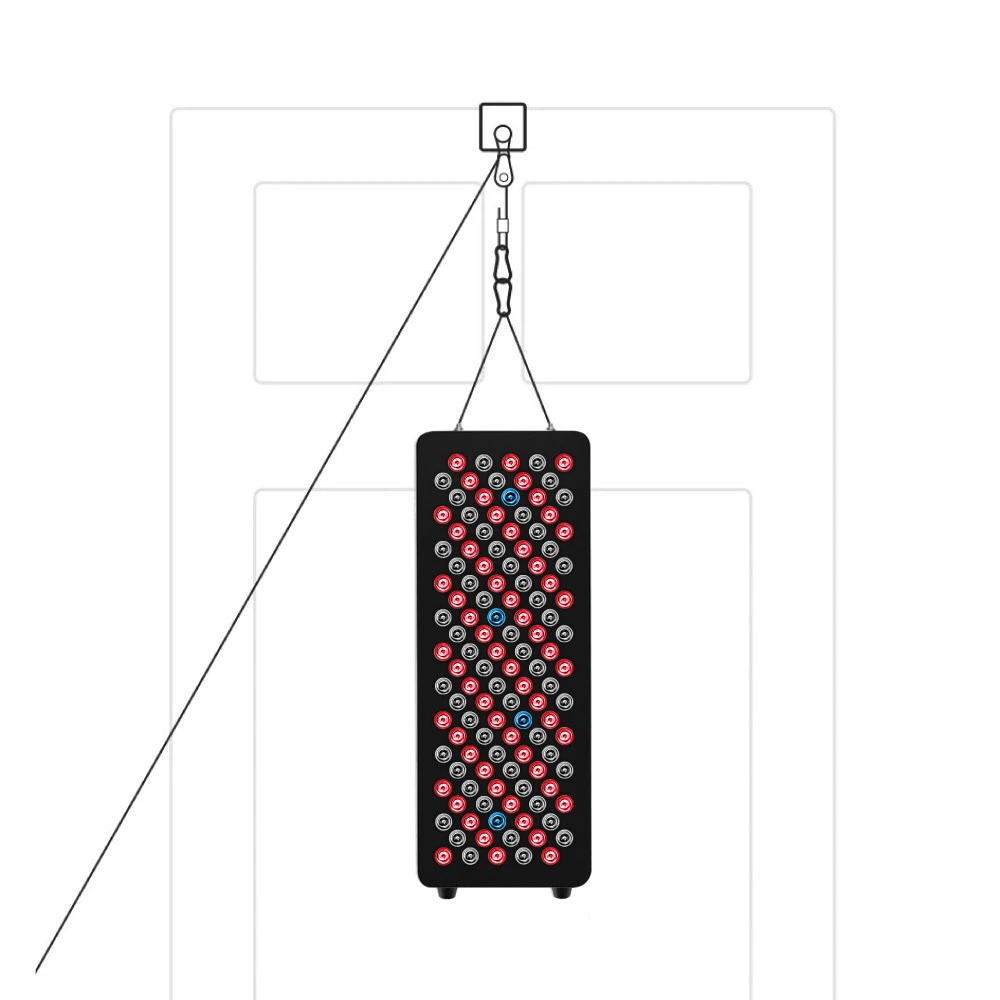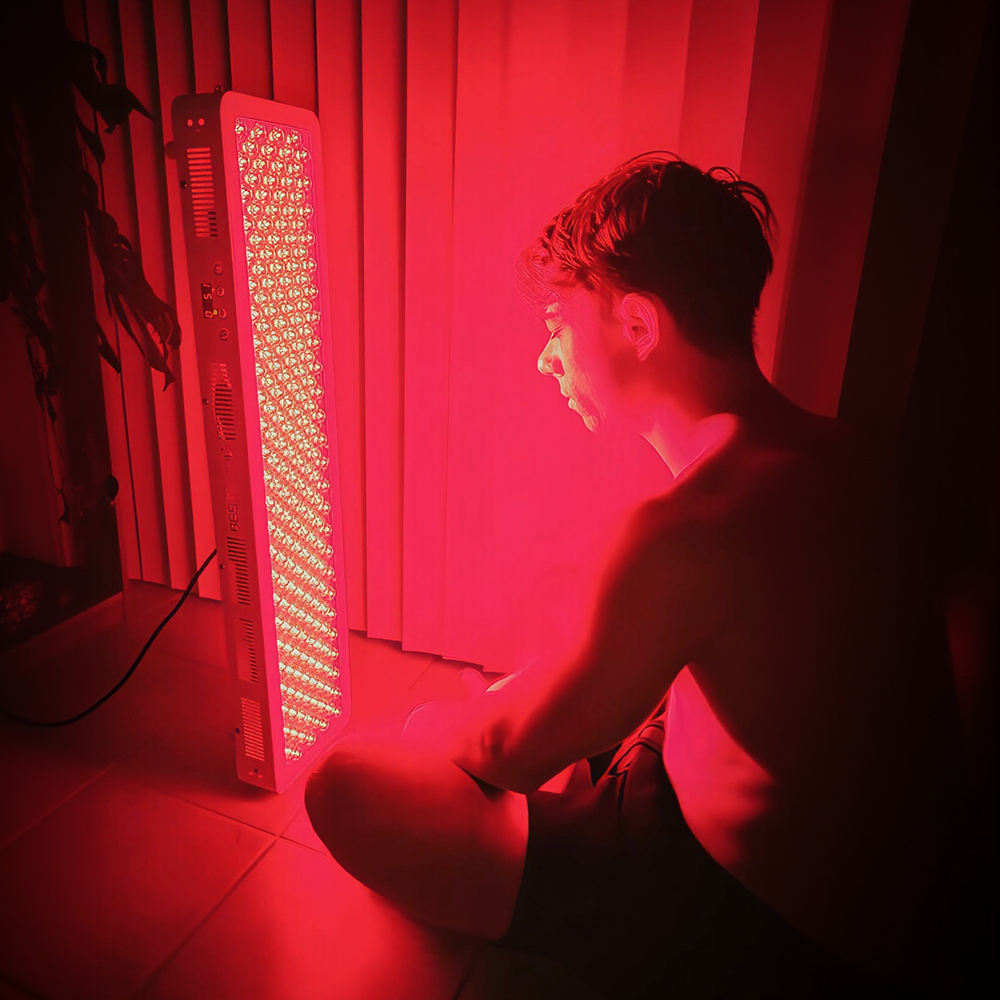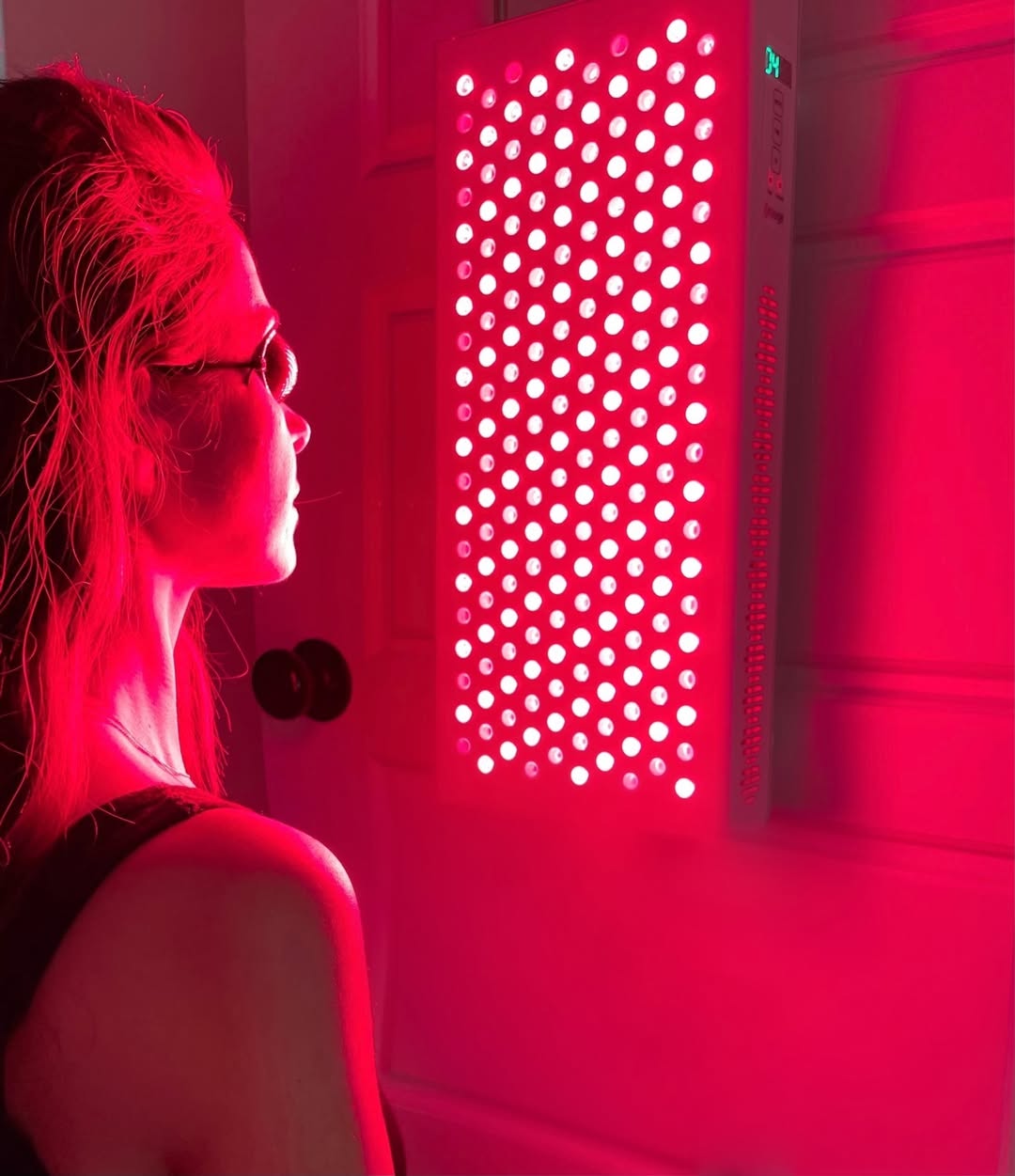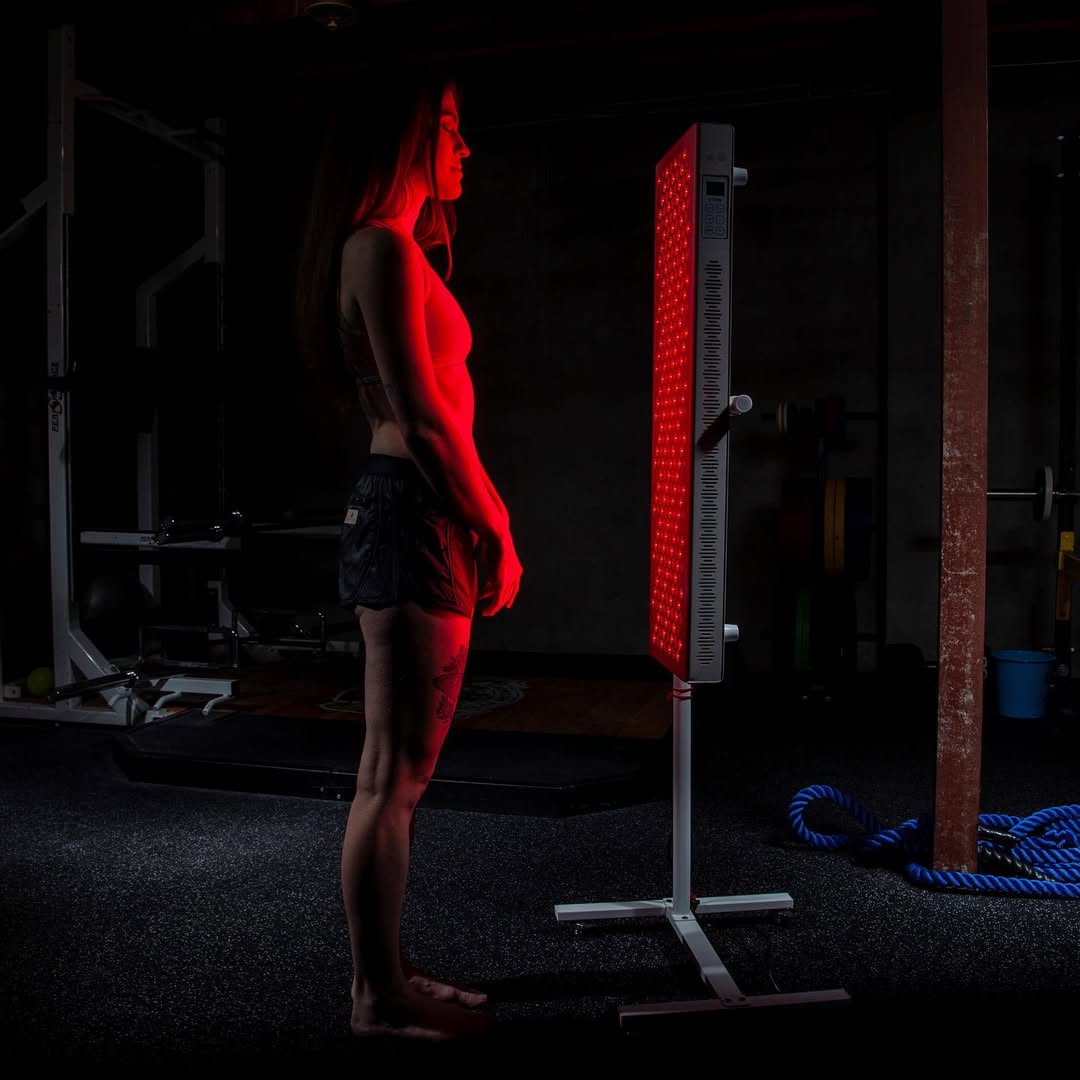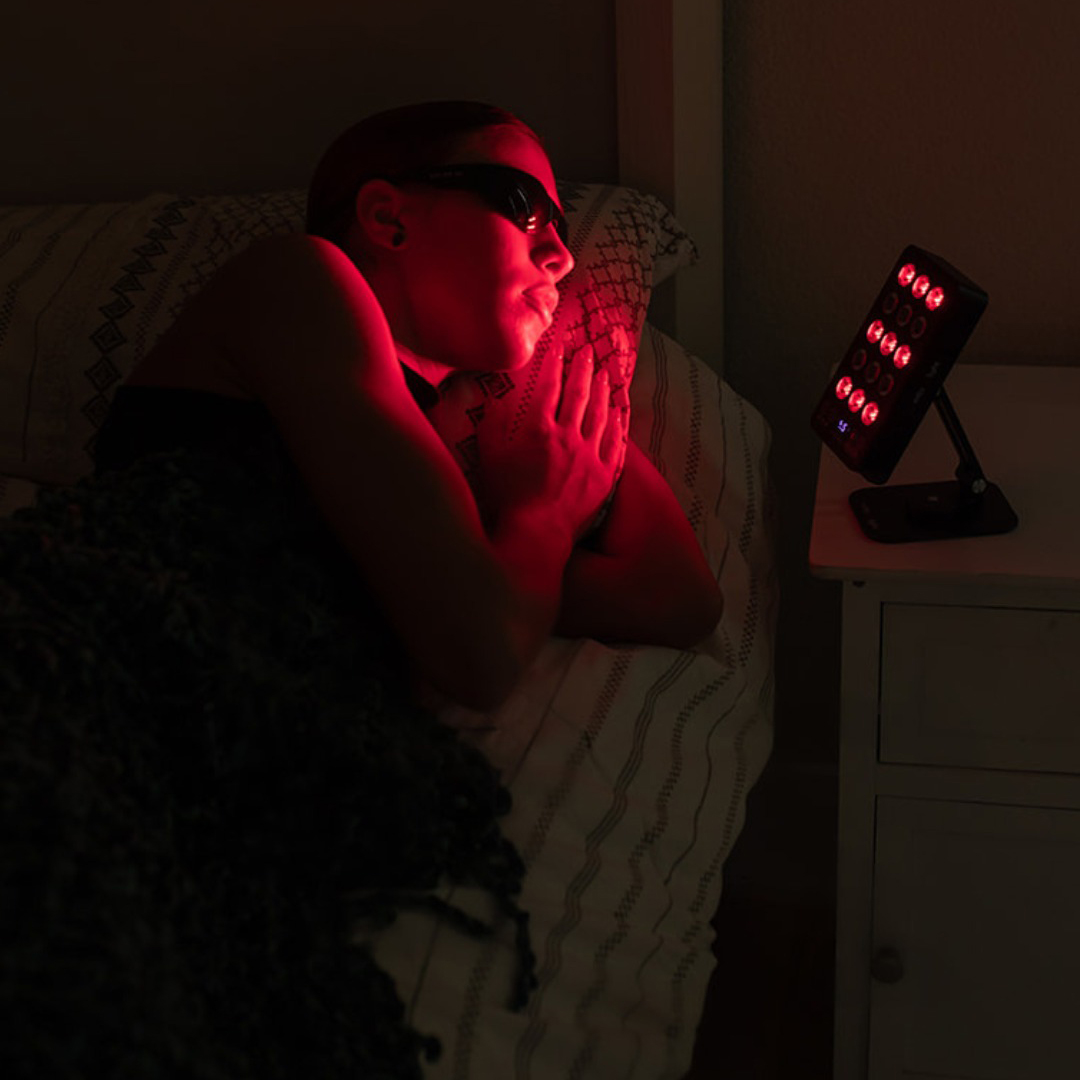![]() Free Shipping
Free Shipping ![]() Buy Now, Pay Later
Buy Now, Pay Later ![]() Eligible
Eligible
Red Light Therapy for ADHD: An Emerging Frontier in Brain Health
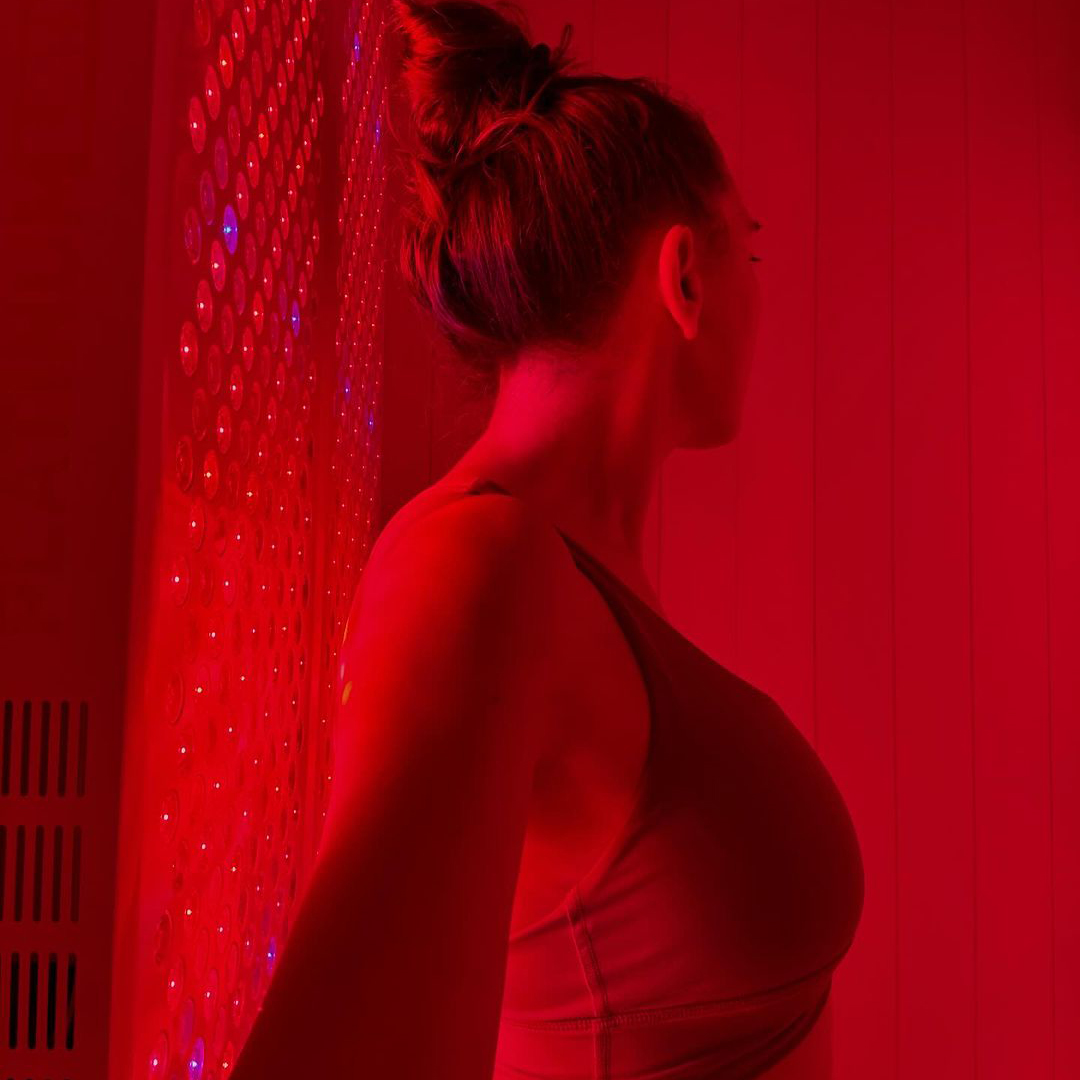
For individuals managing Attention-Deficit/Hyperactivity Disorder (ADHD), the search for effective, non-pharmaceutical interventions is constant. While traditional treatments like medication and therapy remain the gold standard, a novel approach is gaining attention: Red Light Therapy (RLT), also known as Photobiomodulation (PBM).
This article delves into the science, the evidence, and the practical considerations of using red light therapy for ADHD symptoms.
What is Red Light Therapy?
Red Light Therapy is a non-invasive treatment that exposes the skin and underlying tissues to low-wavelength red and near-infrared (NIR) light. Unlike UV light, which can damage the skin, this specific light spectrum is thought to penetrate the tissue and stimulate cellular energy production.
The primary mechanism is believed to be the absorption of light by the mitochondria, the “powerhouses” of our cells. This absorption kickstarts a biochemical process that leads to increased production of adenosine triphosphate (ATP), the fundamental energy currency of the cell. Simply put, red light therapy may help our cells function more efficiently.
The Proposed Science: How Could Red Light Help the ADHD Brain?
The connection between a therapy for skin and tissue and a neurodevelopmental disorder like ADHD might seem distant. However, the link is forged at the cellular level within the brain. Researchers propose several key mechanisms:
1. Boosting Cerebral Blood Flow and Energy Metabolism
Studies using imaging techniques have shown that some individuals with ADHD have reduced blood flow and glucose metabolism in specific brain regions, particularly the prefrontal cortex—the area responsible for executive functions like focus, impulse control, and decision-making. By enhancing mitochondrial function, RLT may improve energy metabolism and increase blood flow in these critical areas.
2. Reducing Inflammation and Oxidative Stress
Chronic, low-grade inflammation and oxidative stress are increasingly recognized as contributors to various neurological and mental health conditions, including ADHD. Near-infrared light has demonstrated anti-inflammatory and antioxidant effects in studies, potentially calming a key physiological driver of ADHD symptoms.
3. Enhancing Neurotransmitter Function
While more research is needed, some animal studies suggest that PBM can influence the release and function of key neurotransmitters like dopamine and norepinephrine. These are the very neurotransmitters targeted by stimulant medications like Ritalin and Adderall. RLT may offer a natural way to modulate this system.
Expert Insight: “The prefrontal cortex is highly dependent on energy. If we can use photobiomodulation to improve mitochondrial efficiency and cerebral blood flow in that region, we are essentially providing the brain with the fundamental resources it needs to perform its executive functions more effectively,” explains a hypothetical neuroscientist specializing in neuromodulation.
What Does the Current Research Say?
It is crucial to state clearly: the research on red light therapy for ADHD is in its infancy. Most evidence is preliminary, consisting of small-scale studies, case reports, and a growing body of anecdotal reports.
- Promising Pilot Studies: A 2019 pilot study published in the journal Photobiomodulation, Photomedicine, and Laser Surgery found that transcranial PBM improved cognitive function and emotional regulation in a small group of adults with major depressive disorder and anxiety—conditions that often co-occur with ADHD.
- Anecdotal Reports: Online forums and functional medicine clinics are filled with personal testimonials from individuals with ADHD who report improved focus, calmer moods, and better sleep after using at-home red light therapy devices.
- The Need for Rigor: To date, there are no large-scale, double-blind, placebo-controlled clinical trials specifically targeting ADHD populations. This is the gold standard required to validate its efficacy.
Potential Benefits vs. Traditional Treatments
The following table summarizes how Red Light Therapy compares to conventional ADHD treatments on key parameters.
| Feature | Red Light Therapy (RLT) | Stimulant Medication (e.g., Adderall) | Behavioral Therapy |
|---|---|---|---|
| Mechanism | Cellular energy production, reduced inflammation | Increases dopamine/norepinephrine in the brain | Teaches coping skills, behavior modification |
| Primary Use | Emerging/Investigational | First-line medical treatment | First-line psychological treatment |
| Speed of Effect | Gradual (weeks to months) | Rapid (within 30-60 minutes) | Gradual (weeks to months) |
| Side Effects | Generally mild (eye strain, headache) | Can be significant (insomnia, appetite loss, anxiety) | Minimal to none |
| Regulation | FDA-cleared for specific uses (e.g., pain), not for ADHD | FDA-approved specifically for ADHD | Not applicable |
How to Use Red Light Therapy for ADHD
If someone is considering trying RLT, it’s essential to approach it safely and with realistic expectations.
- Method: For ADHD, the target is the brain. This is known as transcranial photobiomodulation (tPBM). Users typically shine a red/NIR light device on their forehead or scalp, often targeting the forehead to reach the prefrontal cortex.
- Protocols: There is no universally accepted protocol. At-home devices might suggest sessions ranging from 5 to 20 minutes, daily or several times per week. Key parameters are wavelength (often 660nm for red, 810-850nm for NIR), power density, and treatment duration.
- Devices: Options range from large professional panels to smaller, wearable at-home helmets or handheld devices.
VELLGUS Elite V2
THE #1 RATED RED LIGHT DEVICE
VELLGUS pro V2
THE #1 RATED FULL BODY RED LIGHT DEVICE
A Note of Caution: “While the safety profile of red light therapy is excellent, it should not be seen as a replacement for established ADHD treatments without consulting a healthcare provider. Think of it as a potential complementary tool in a comprehensive management plan, not a magic cure,” advises a fictional integrative psychiatrist.
Final Verdict: A Ray of Hope, Not a Miracle Cure
The theory behind using Red Light Therapy for ADHD is compelling and grounded in solid cell biology. The potential to enhance brain energy, reduce inflammation, and improve executive function offers a promising, non-pharmaceutical avenue for support.
However, it is vital to balance this hope with scientific reality. The evidence is still emerging and largely anecdotal.
The bottom line: Red light therapy is a fascinating and generally safe emerging modality. For individuals with ADHD, it may offer supplementary benefits, particularly for focus, mood, and cognitive energy. However, it is not a proven substitute for the life-changing efficacy of medication and behavioral therapy. Always consult with your doctor before starting any new treatment regimen for ADHD.



